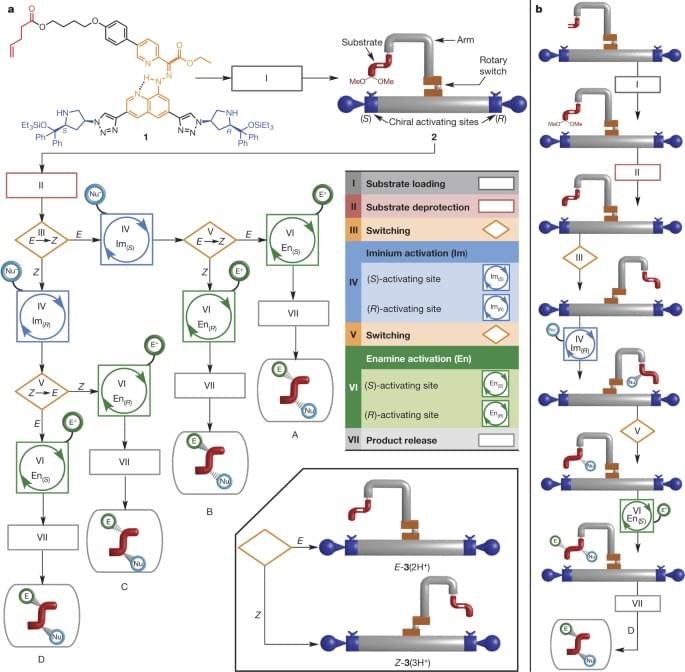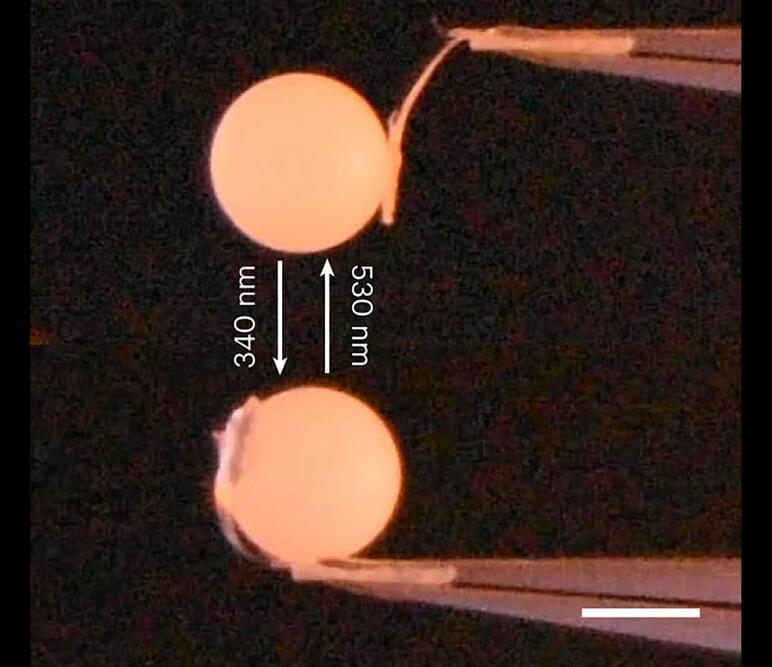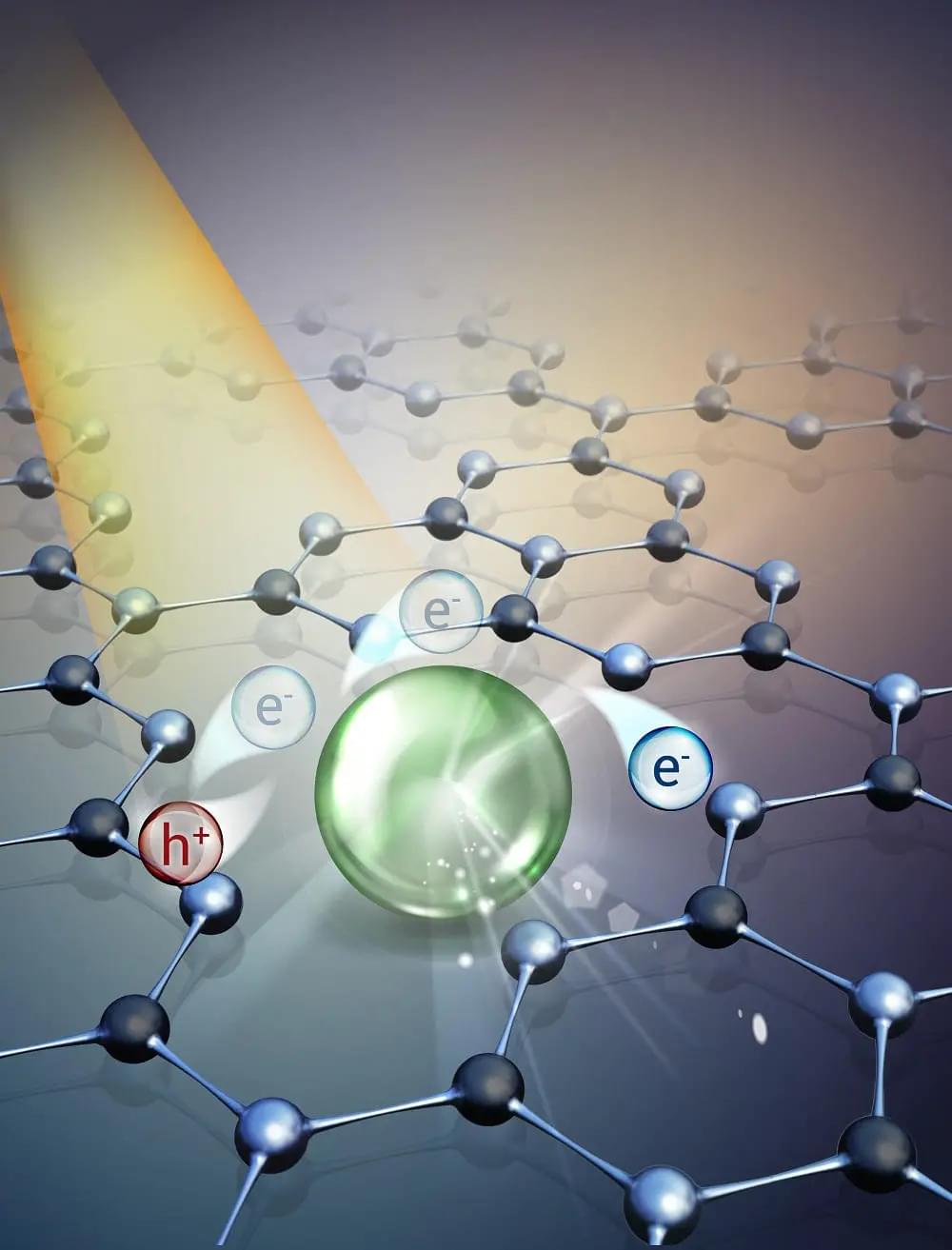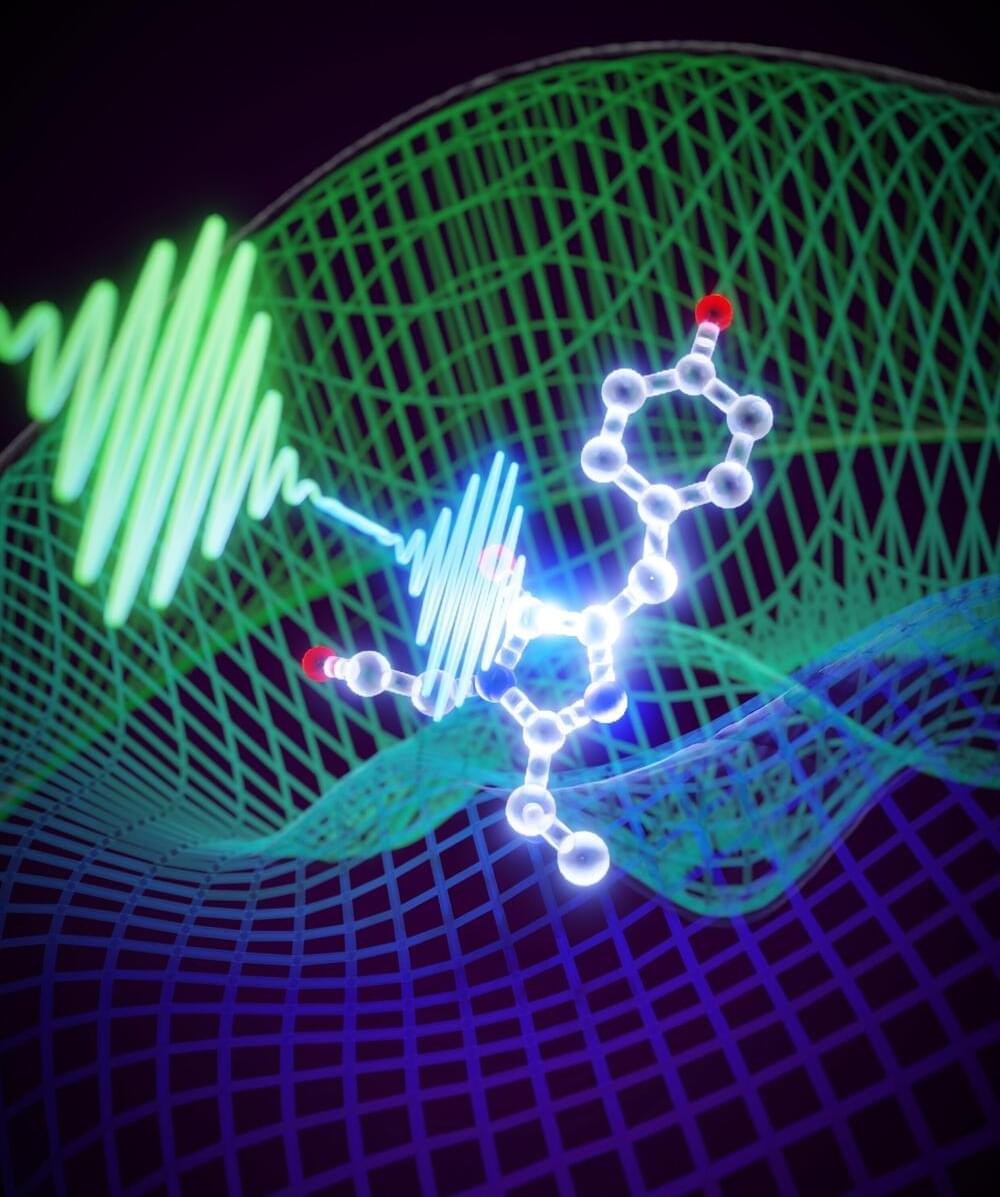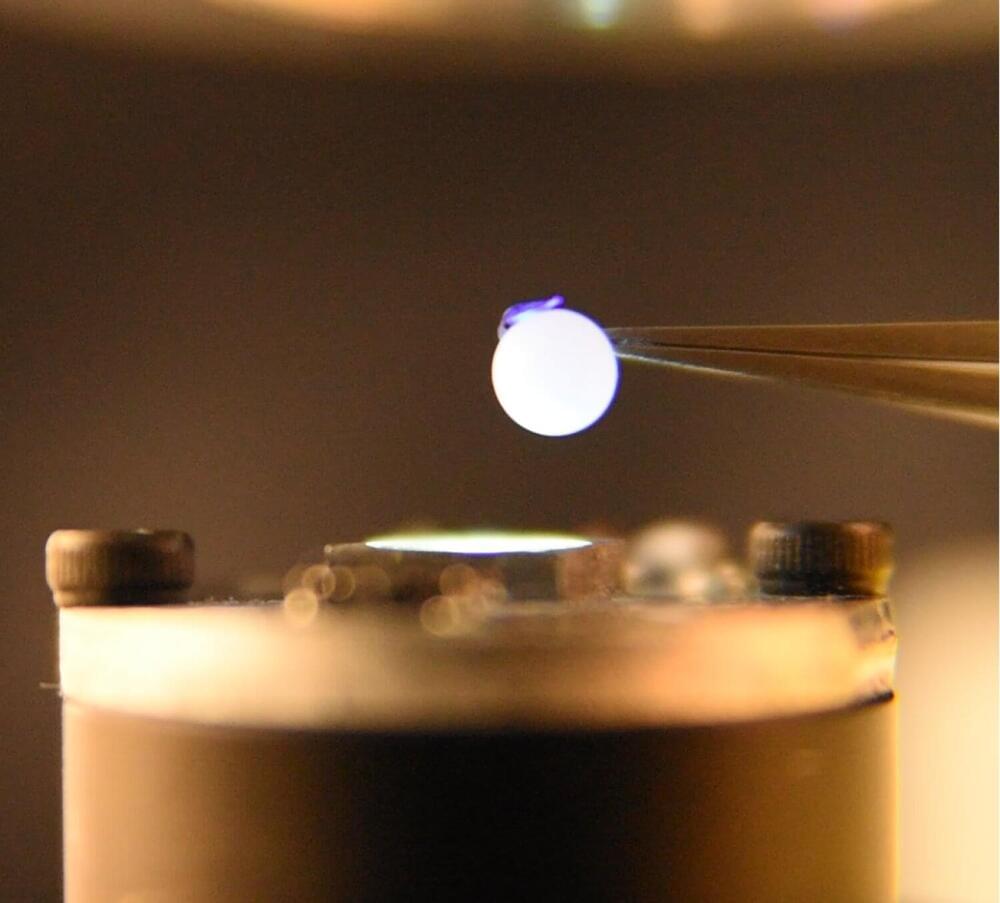Aug 22, 2023
Scientists Develop Drug That Prevents Weight Gain in Junk-Food-Eating Mice
Posted by Joseph Barney in categories: biotech/medical, chemistry, genetics, health
Now maybe we can snack happily! I think this applies to regular food too? I can eat all the Chinese and Mexican and Italian food I want? Plus for people with genetic risks can’t this not help? I hope so.
Mice fed a high-sugar, high-fat diet for most of their lives managed to escape weight gain and protect their livers when they were treated with an experimental new drug.
The small-molecule drug was developed by a team led by The University of Texas Health Science Center at San Antonio (UT Health San Antonio). K nown by its chemical acronym CPACC, it works by limiting the entry of magnesium into the mitochondria, the parts of the cell in charge of generating energy and burning calories.
Continue reading “Scientists Develop Drug That Prevents Weight Gain in Junk-Food-Eating Mice” »

